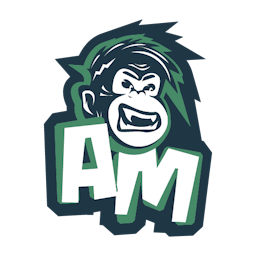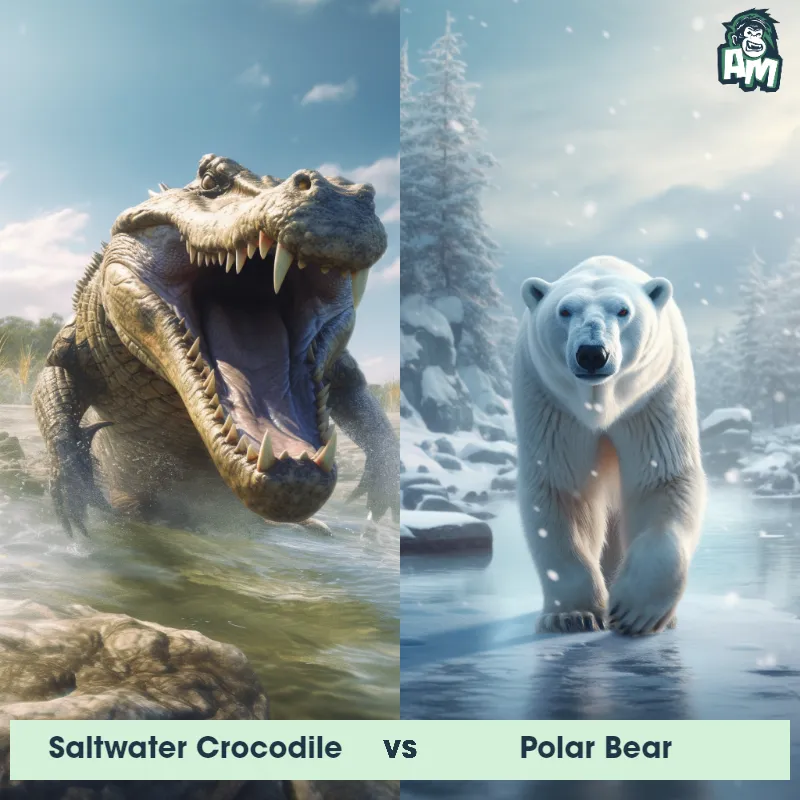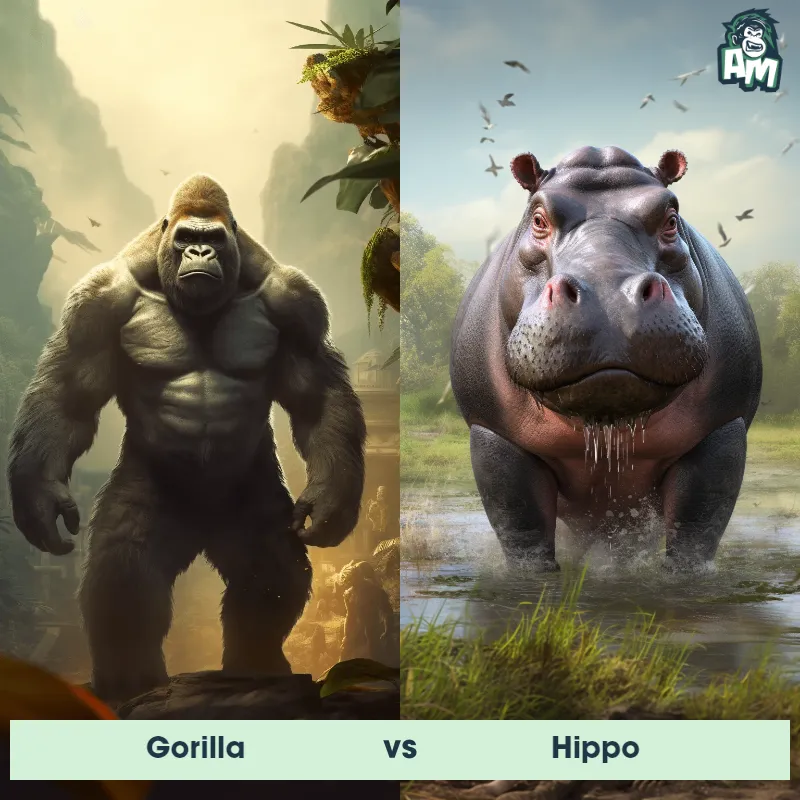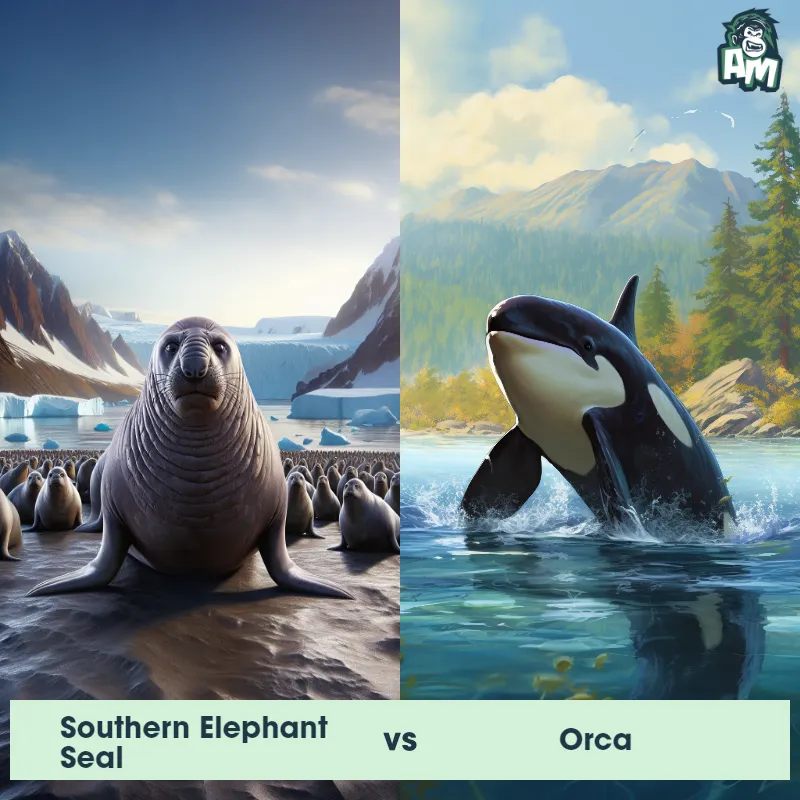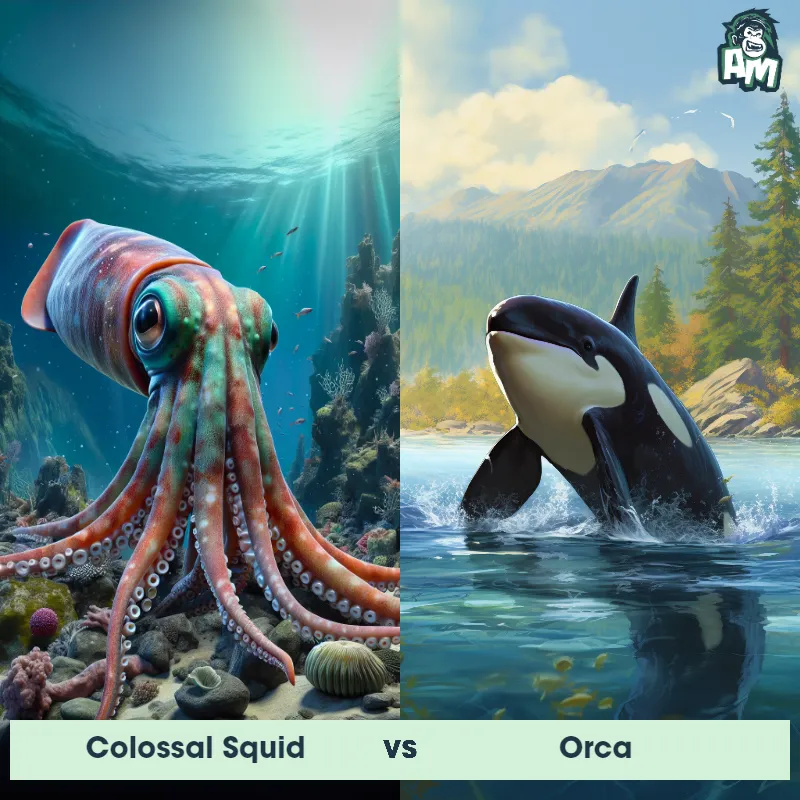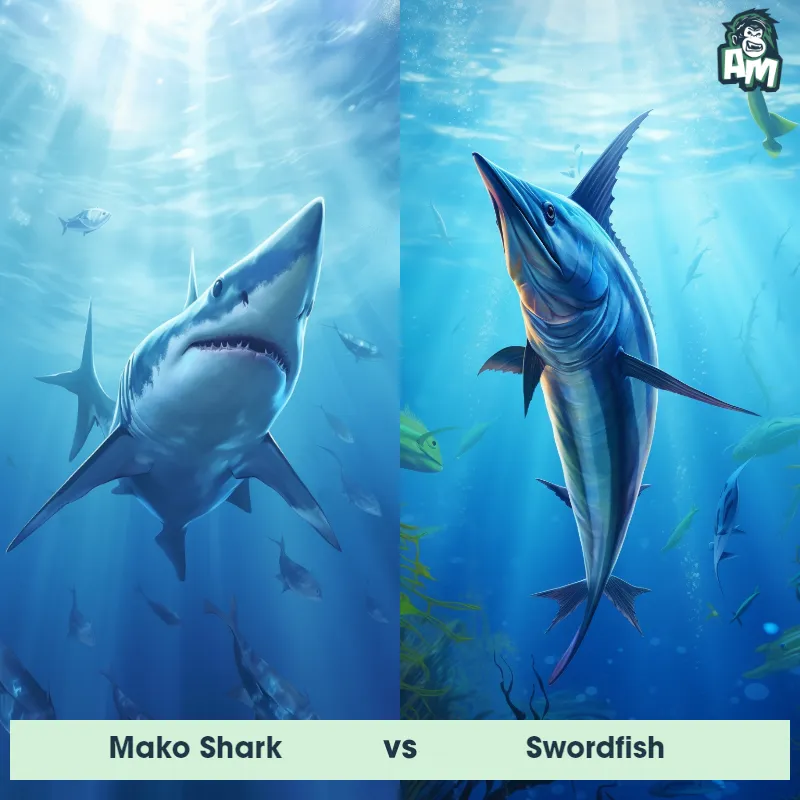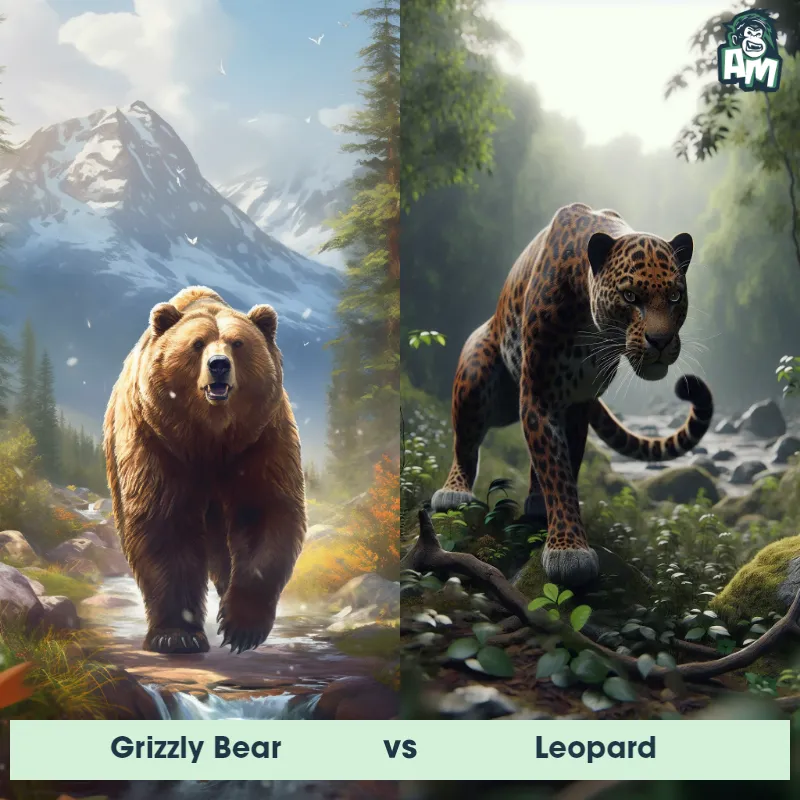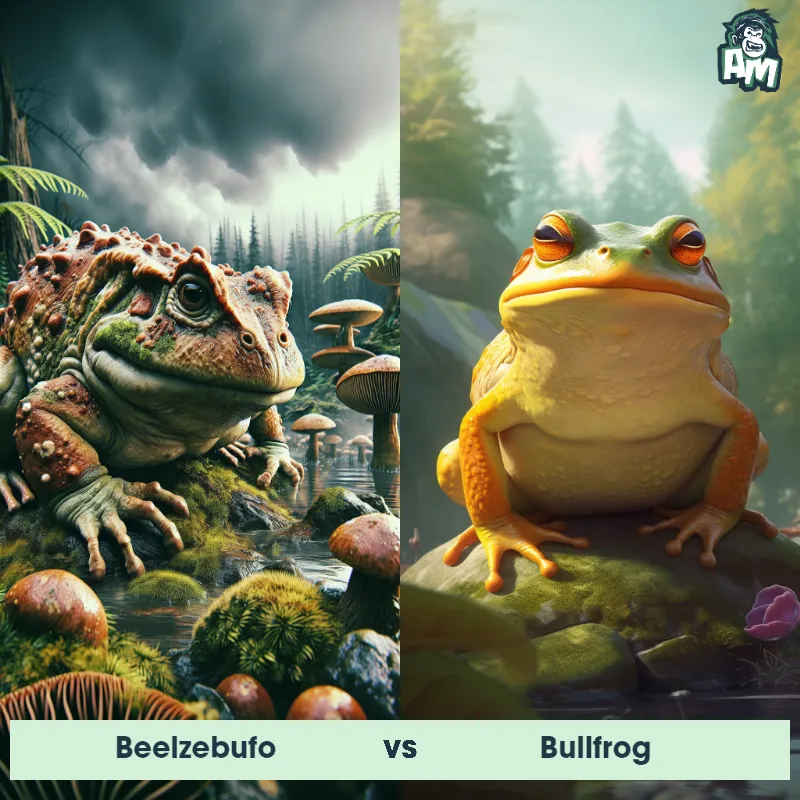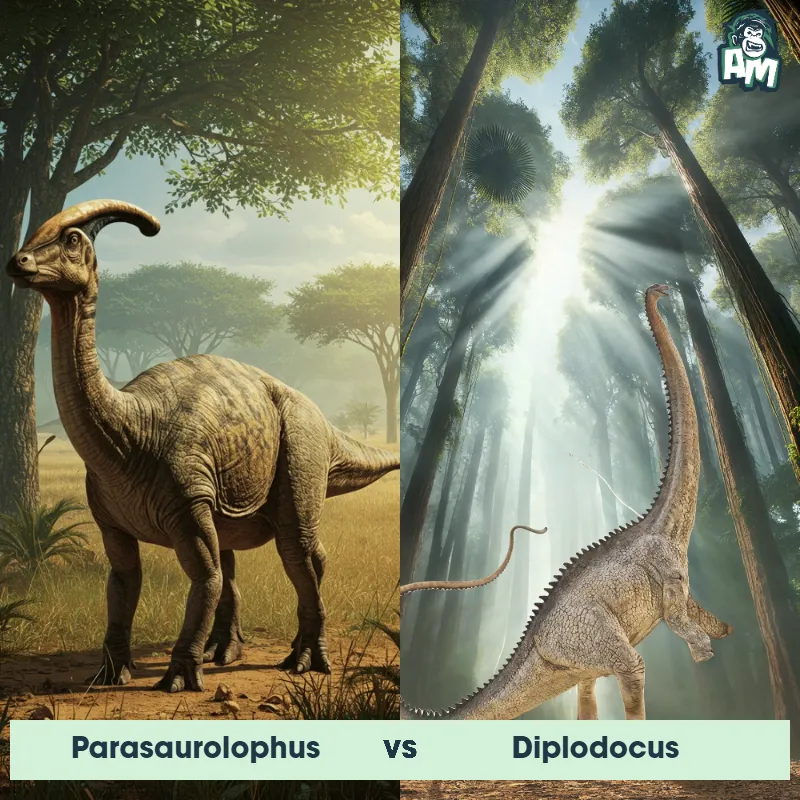Ornithomimus vs StruthiomimusSee Who Wins
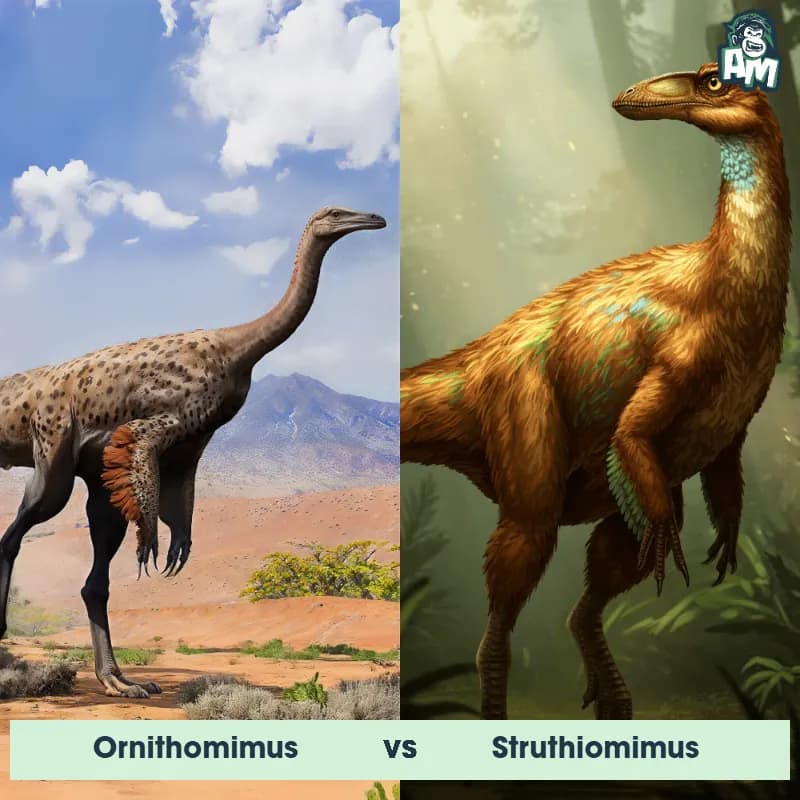
In the left corner, standing tall and swift with feathers to match, is the Ornithomimus, renowned for its speed and agility. Facing off in the right corner, lean and nimble, hailing from ancient lands much like its opponent, is the Struthiomimus. Both contenders are known for their remarkable swiftness, making this a battle of speed and strategy. The crowd is eager, and the tension is palpable as we gear up for an exhilarating 3-round showdown.
Contender 1: Ornithomimus
The Ornithomimus, also known as the "bird mimic," was a dinosaur that lived during the Late Cretaceous period. It was a fast-moving bipedal creature with a long, slender body, a small head on a long neck, and a toothless beak. Ornithomimus had long legs adapted for running and sharp claws on its hands for grasping prey.
Fun Fact: Ornithomimus had one of the longest tails among theropod dinosaurs, which may have helped with balance and agility during high-speed pursuits.
Contender 2: Struthiomimus
The Struthiomimus, also known as the "ostrich mimic," was a large, fast-running dinosaur from the late Cretaceous period. It had a long neck, sharp claws, and a toothless beak, resembling a modern-day ostrich. Despite its size, it only weighed a few hundred pounds, making it a relatively small dinosaur compared to others from that time.
Fun Fact: Struthiomimus had one of the longest and skinniest legs among all dinosaurs, allowing it to reach top speeds of over 40 miles per hour—making it one of the fastest dinosaurs of its time.
Matchup Stats
| Ornithomimus | Struthiomimus | |
|---|---|---|
| Size | Around 12 feet tall (3.7 meters) | Approximately 10 feet tall (3 meters) |
| Weight | Approximately 330 pounds (150 kilograms) | Approximately 400 pounds (180 kilograms) |
| Speed | 35 mph (56 km/h) | 40mph (64km/h) |
| Key Strength | Speed and agility | Speed |
| Biggest Weakness | Lack of strong defense mechanisms | Size |
Current Votes
Ornithomimus vs Struthiomimus
See Who Wins
View More Matches
Looking For More?
Similar Matches
Scientific Stats
| Ornithomimus | Struthiomimus | |
|---|---|---|
| Scientific Name | Ornithomimus | Struthiomimus |
| Family | Ornithomimidae | Ornithomimidae |
| Habitat | Open plains and forests | Open plains |
| Geography | North America | North America |
| Diet | Carnivorous, primarily hunted small animals and insects | Omnivore |
| Lifespan | 5 years - 8 years | 12 years - 15 years |
Key Differences between Ornithomimus and Struthiomimus
- Plumage: Evidence suggested that Ornithomimus had a more prominent feather covering, particularly on its arms, whereas Struthiomimus might have had less extensive feathering.
- Limb Proportions: Ornithomimus had relatively longer arms, while Struthiomimus had longer legs, suggesting differences in locomotion and possibly feeding habits.
- Skull Shape: Ornithomimus had a shorter, more rounded skull compared to the slightly more elongated skull of Struthiomimus.
- Beak: Both had toothless beaks, but Ornithomimus possessed a more curved beak, whereas Struthiomimus had a straighter beak.
- Size: Ornithomimus was generally smaller in size compared to Struthiomimus, which had a slightly longer and more elongated build.
- Tail: Ornithomimus had a proportionally shorter tail compared to the longer, more slender tail of Struthiomimus.


